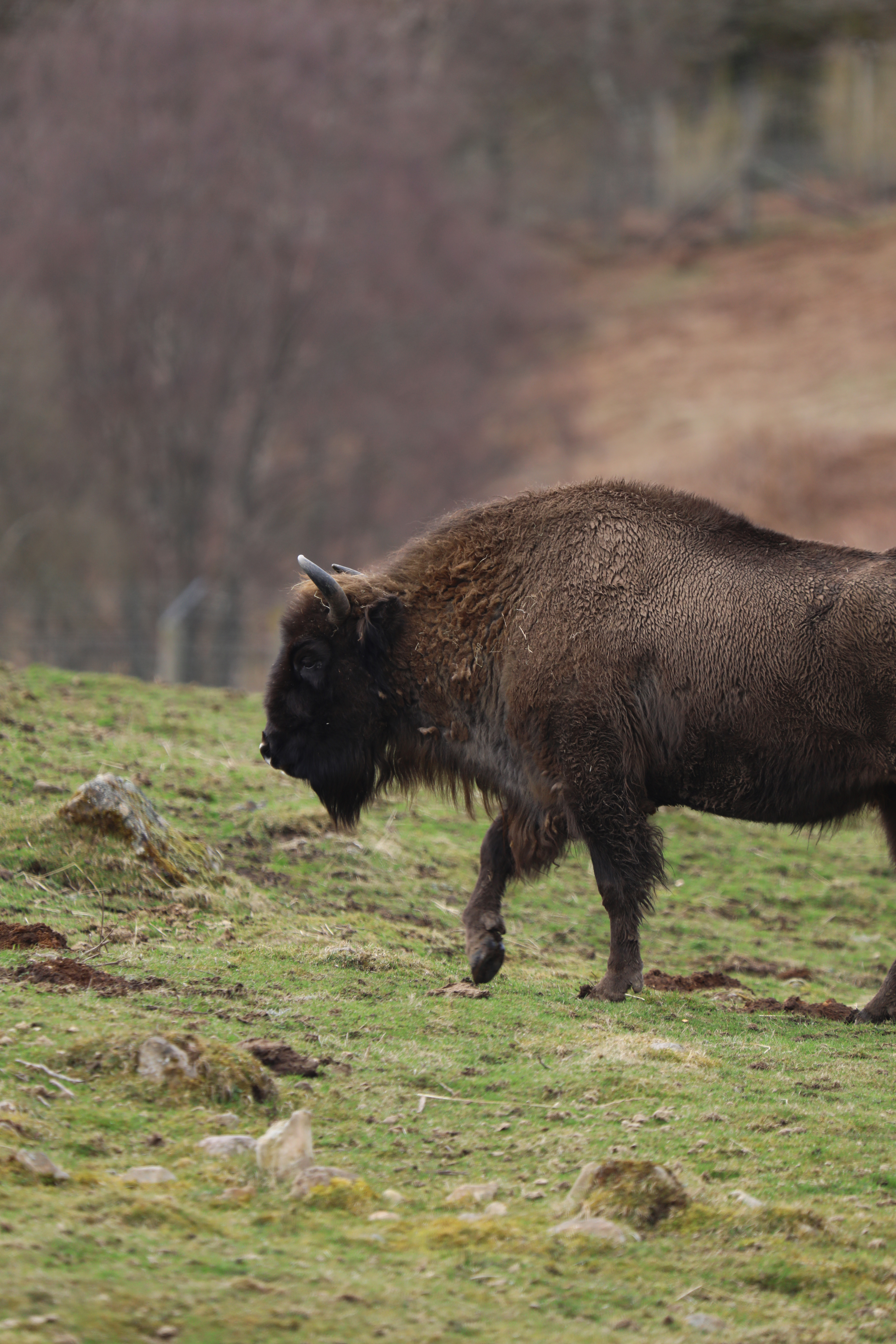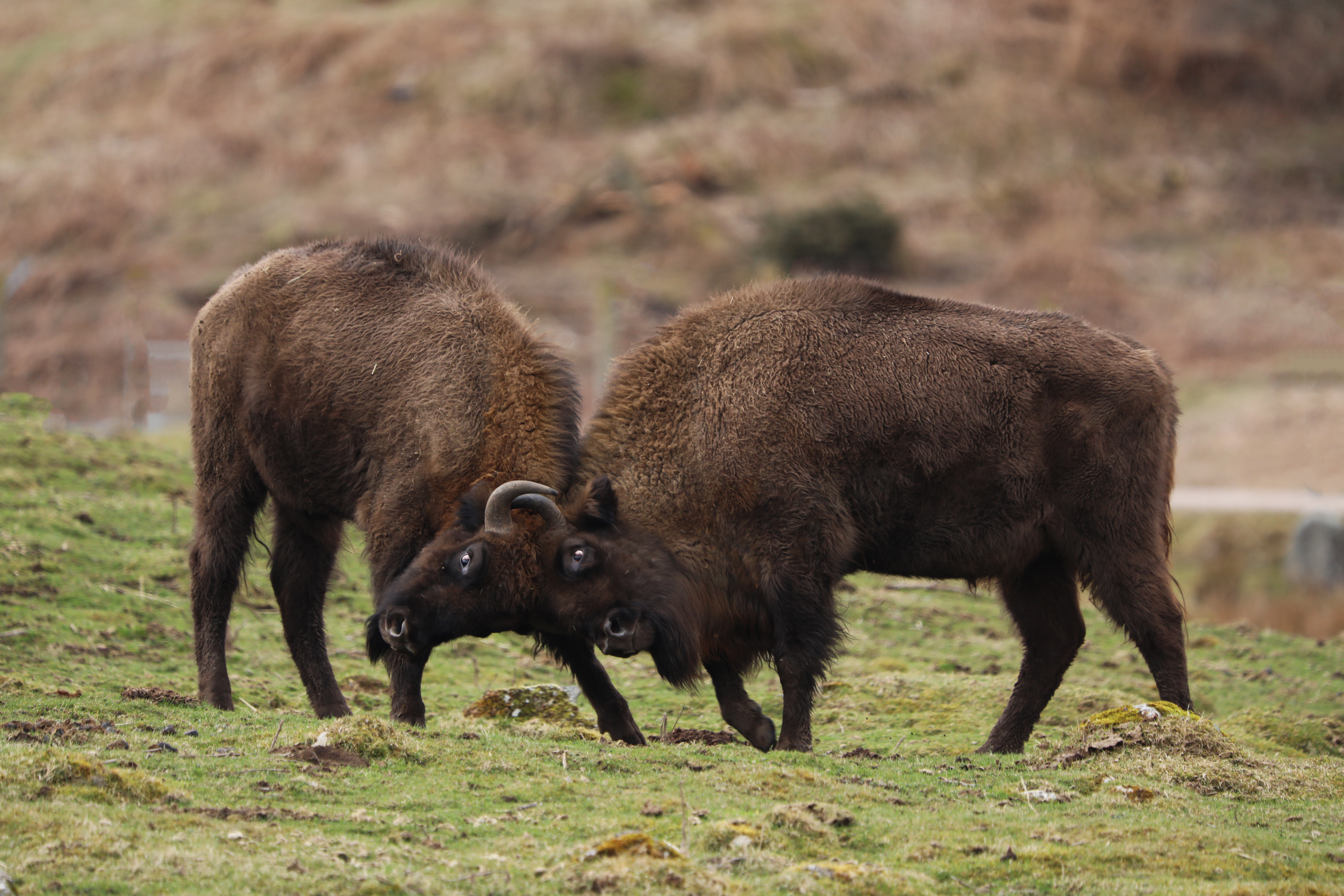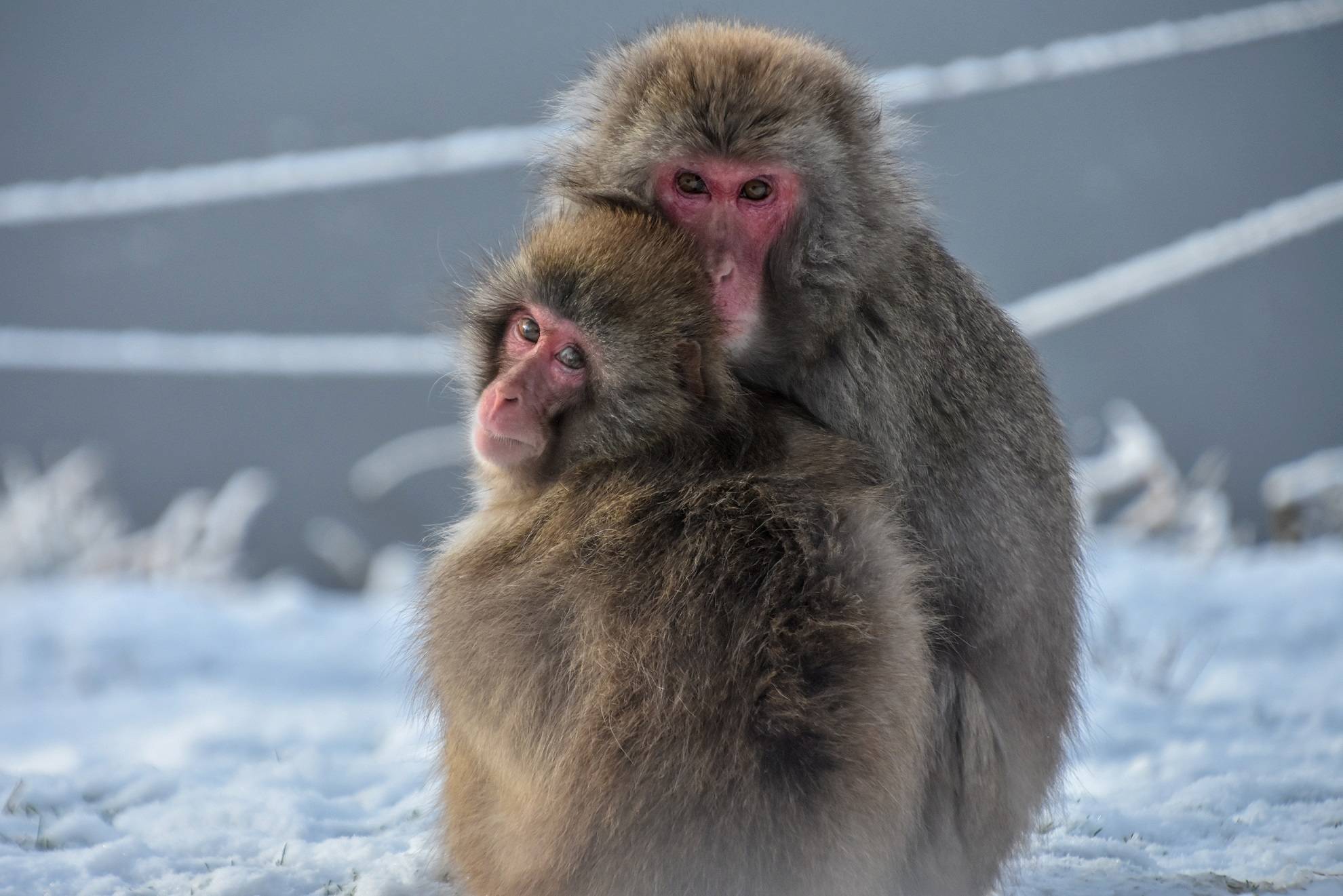European bison
Bison bonasus

We currently have a herd of European bison. You can spot them exploring the drive-through reserve.
Bison play a key ecological role. Through grazing, they prevent one plant type from dominating and allow others to thrive. Their hooves help stir up soil and their dung is a natural fertilizer.
European bison differ from their American cousins. American bison are generally heavier and have a low-set head and a massive shoulder hump. Their horns tend to curve outwards and upwards, while the horns of a European bison point forward.
There are also differences in habitat and diet. American bison prefer open grasslands and plains. European bison are more adapted to forest and woodland environments.
European bison once roamed vast areas of the continent. By 1927, the species was lost from the wild and only 54 individuals survived across Europe's zoos. Reintroductions have taken place in the forests of Eastern Europe and Russia.
Population
Increasing
Diet
Herbivore
Habitat
Grasslands
Fact file
They are taller but lighter than American bison
European bison prefer woodlands and mixed habitats
The bison found in North America and Europe have a prominent shoulder hump and shaggy coat. Buffalo are native to Africa and Asia, lack the hump and have smoother coats. Often confused, they are distinct species inhabiting different continents. American ‘buffalo’ are actually bison.

How we're helping
Like all the animals in our care, our European bison are amazing ambassadors for their relatives in the wild and help hundreds of thousands of people connect with nature every year. They encourage visitors to learn about the threats facing wildlife and the action they can take to help create a world where nature is protected, valued, and loved.
As a wildlife conservation charity, we care for the animals here at the park and work to protect species at risk around the world. From providing expertise in genetics and veterinary health to protecting wild places with local conservation partners, and even restoring threatened species to the wild, we are active where we are needed most.
Find out more about RZSS conservation
